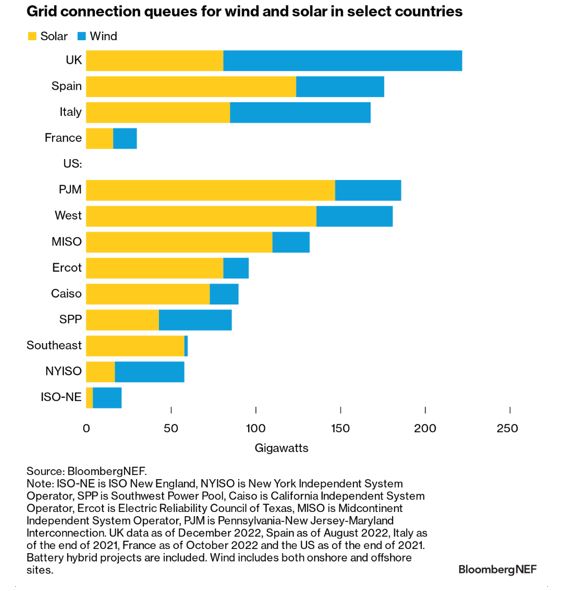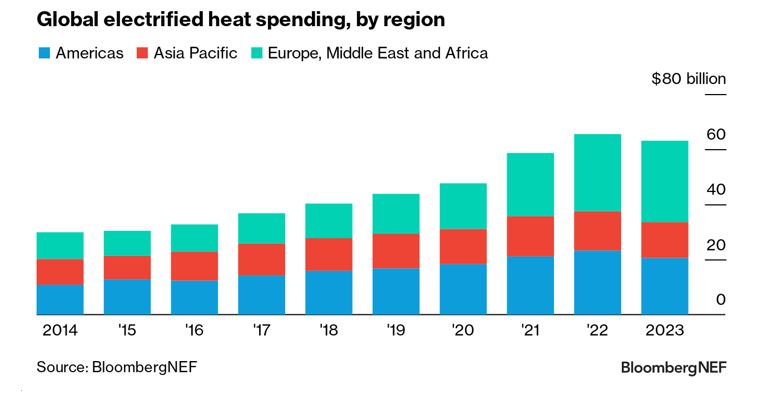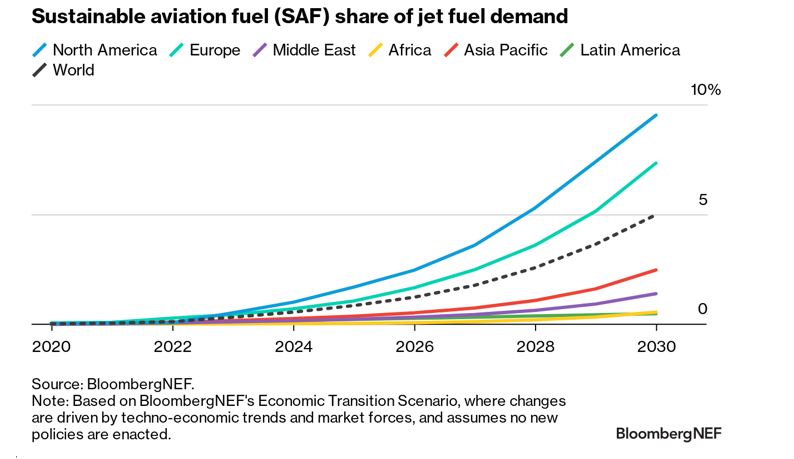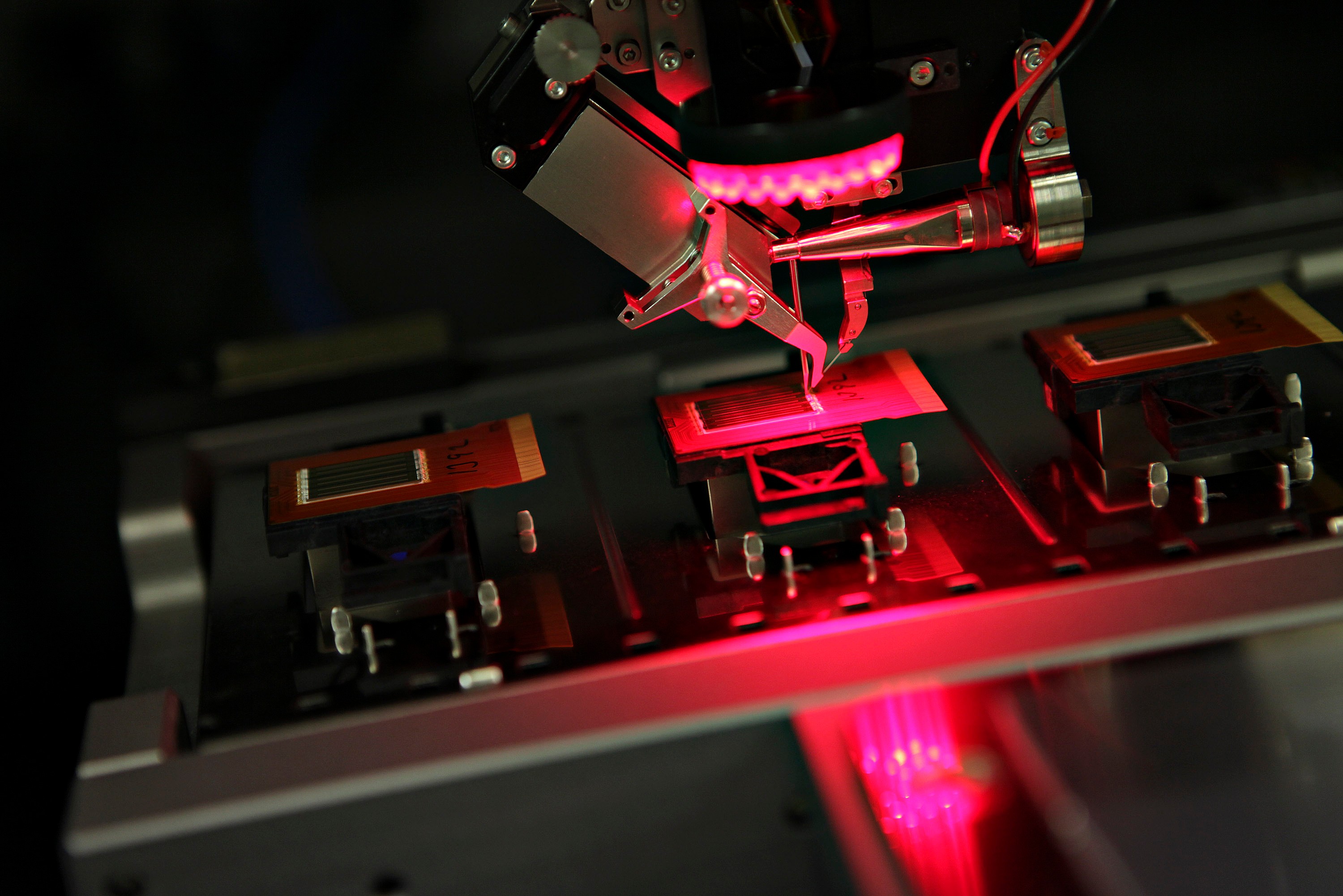ARTICLE
2024 BNEF Pioneers Finalists Tackle Clean Power Bottlenecks, Building Decarbonization, and the Next Generation of Net-Zero Fuels
Each year, BloombergNEF runs the BNEF Pioneers competition to identify three key challenges on the path to a net-zero economy and highlight innovative companies developing technologies to overcome them. The competition categories are chosen based on the technology gaps that emerge from BNEF’s long-term outlooks on energy, transport and materials.
Descriptions of this year’s challenges, why they were selected, and the finalists for each are outlined below. Also listed are the companies named as “wildcard” finalists, developing technologies that BNEF believes could play an important role in decarbonization but were outside the scope of the three focus challenges.
Congratulations to our 23 finalists!
Challenge 1: Relieving bottlenecks in the deployment of clean power
The power sector has a clear path towards decarbonization with the deployment of renewables – particularly solar and wind. Yet while renewables are already being installed at record levels globally, annual solar and wind installations will need to increase threefold by 2031 and sixfold by 2050 to reach net-zero emissions.
Today, deployment is less hindered by costs than by slow grid build-out, grid connection backlogs, permitting challenges and supply-chain constraints. Nearly 600 gigawatts of solar and wind projects are waiting in grid interconnection queues in the top five European renewable energy markets, and more than 1,250 gigawatts wait in the US.

The selected finalists focus on grid and utilities software, the planning and siting of renewables, advanced conductors, and energy storage innovations for transmission networks.
2024 finalists:
Challenge 2: Decarbonizing the construction and operation of buildings
Buildings currently account for 33% of global CO2 emissions, but the sector is making little decarbonization progress. Key low-energy technologies for heating and cooling, such as heat pumps, have yet to scale – even though cooling demand for residential buildings is set to increase by 115% by 2050 under BNEF’s Net Zero Scenario, and heating demand could be twice that much.
In addition, 26% of the world’s steel and 45% of the world’s cement goes into the construction of buildings, and there are currently no commercial routes to eliminating fossil fuels from their production.

The chosen finalists are driving innovation across the domains of heat pumps, refrigeration, cement decarbonization and energy efficiency.
2024 finalists:
- Aeroseal
- Celsius Energy
- Fortera
- Hoffmann Green Cement Technologies
- Kelvin Systems
- Magnotherm Solutions
Challenge 3: Creating the next generation of net-zero fuels
The fuel burnt by airplanes, ships and long-haul trucks accounts for 7% of global CO2 emissions. While other forms of transportation, such as passenger vehicles, are set to electrify, heavy-duty transport requires an energy-dense liquid or gaseous fuel. Next-generation fuels need to offer sufficient performance, scalability, economics and sustainability – while limiting land use. Non-food feedstock ‘drop-in’ biofuels, synthetic fuels and other net-zero solutions are evolving to meet these needs.

The selected finalists are pioneers in the production of cover crops, hydrogen electrolyzers, e-fuels and biofuels.
2024 finalists:
Wildcards
Wildcard finalists this year are focused on the sectors of biodiversity monitoring, in-wheel electric-vehicle motors, thermal storage for industrial processes, biogas fuel cells, steel decarbonization and battery innovation.






